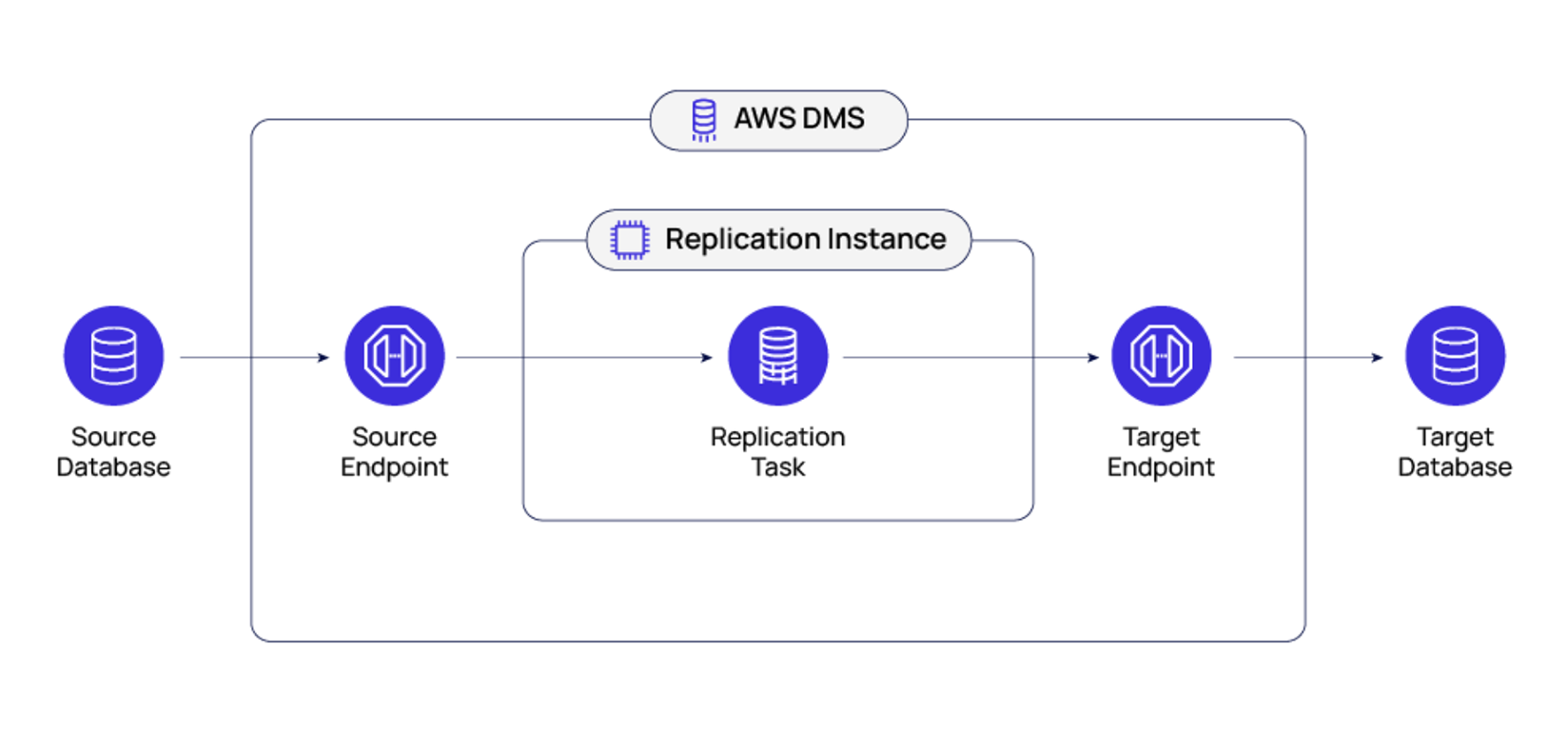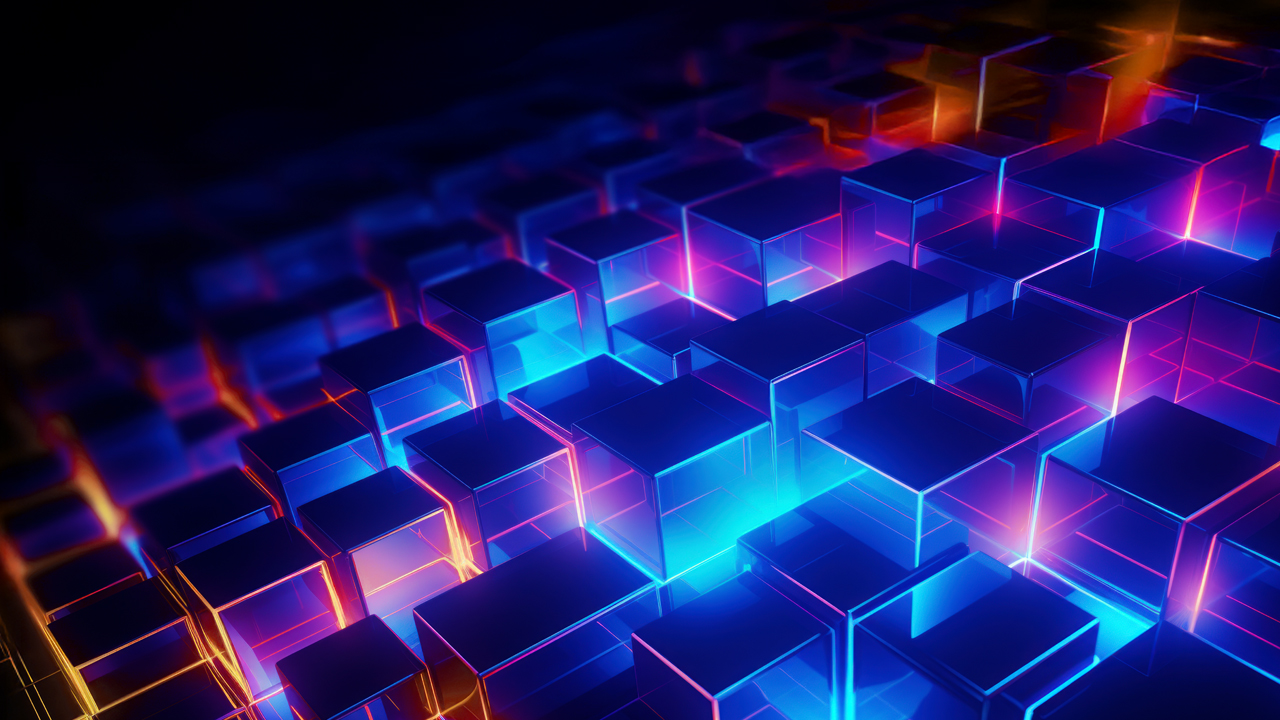A significant transformation is underway in the vast landscape of modern data management. As businesses across industries strive for digital agility and innovation, the cloud has emerged as a winner in empowerment, offering unparalleled scalability, flexibility, and efficiency in data handling.
This transformative shift has sparked a business race to leverage cloud technologies for their data needs. From the challenges of legacy system integration to the opportunities for enhanced analytics and real-time decision-making, businesses look to advance their cloud-based data solutions.
Migrating databases to the cloud within tight timelines presents significant challenges due to the complexity and time-consuming nature of the process, which often involves manual processes and custom scripts. These challenges can lead to increased downtime and potential disruptions in business operations.
Cloud service providers are constantly striving to meet the evolving needs of businesses by offering solutions that streamline operations and enhance efficiency. One such cloud service provider is Amazon Web Services (AWS), which has introduced AWS Database Migration Service (DMS) and Schema Conversion Tool (SCT) to address the challenge.
Key AWS Database Migration Tools: AWS DMS and AWS SCT
Fast migrations are crucial in today’s dynamic business environment, where agility and responsiveness are paramount. Tools like the AWS Database Migration Service (DMS) and Schema Conversion Tool (SCT) are pivotal in achieving rapid and efficient database migrations. DMS enables seamless data transfer to the cloud, while AWS SCT addresses compatibility challenges, ensuring swift and accurate migrations within tight timelines.
AWS Database Migration Service (DMS)
AWS DMS is a fully managed, automated solution designed to streamline database migrations and minimize downtime during the transition to the cloud. By automating previously manual and error-prone tasks, AWS DMS accelerates the migration process, allowing businesses to meet tight timelines effectively. This automated approach also reduces the risk of data loss or corruption, ensuring a seamless and reliable migration experience.
The introduction of AWS DMS represents a significant leap forward in cloud adoption, showcasing the transformative power of modern data management practices. Businesses can now leverage AWS DMS to overcome the challenges associated with database migration, realize the benefits of cloud scalability and flexibility, and accelerate their digital transformation journey within tight timelines.
This innovative solution improves operational efficiency and enables organizations to harness the cloud’s full potential. This represents a significant leap forward in the journey toward seamless cloud adoption and underscores the transformative power of modern data management practices.
AWS Schema Conversion Tool (SCT)
The Schema Conversion Tool (SCT) is an essential component in the arsenal of tools Amazon Web Services (AWS) offers for database migration. Its primary function is to assist in transforming database schemas during migration. This tool is crucial in converting database schema structures from one database engine to another, ensuring compatibility and seamless integration within the AWS environment.
SCT automates many of the manual tasks involved in schema conversion, reducing the time and effort required for migration projects. It helps identify and resolve schema-related issues, such as data type conversions, object naming conflicts, and syntax differences between database engines. By automating these processes, SCT minimizes the risk of errors and data loss during migration, leading to a smoother transition to the cloud.
Furthermore, SCT integrates seamlessly with AWS DMS, enhancing the overall migration experience. Together, these tools provide a comprehensive solution for migrating databases to AWS, offering scalability, reliability, and efficiency for businesses looking to leverage cloud technology for their data management needs.
Challenges with Traditional Migration Solved by AWS DMS
Before delving into migration strategy know-how, we emphasize the importance of understanding database migration principles and challenges for your cloud transition’s success. Ensuring a smooth and efficient data transition is crucial, allowing you to plan migration projects effectively and anticipate potential hurdles. By comprehending the intricacies of migration, such as data loss prevention, downtime minimization, and compatibility issues, we aim to help you formulate a comprehensive strategy.
With a broad understanding of the basics, you can execute successful migrations, achieve business continuity, and leverage the benefits of modern data management practices.
- Manual Effort and Potential Errors: Traditional migrations face increased complexities in manual planning and execution, which can lead to errors and downtime for the source database.
- Complexity in Migration: Intricate transformations, data mapping, and schema changes can add complexity to traditional migrations, requiring extensive manual work to ensure data consistency.
- Custom Scripting: Custom scripting is often required for data extraction, transformation, and loading (ETL), which can increase the risk of data loss or corruption.
- Scaling your Efforts: Traditional migrations can be difficult to scale to handle large datasets or surges in data volume.
- Resource Shortages: Traditional migrations are resource-intensive, requiring dedicated hardware, resources, and expertise in database systems, scripting languages, and migration tools.
AWS Database Migration using AWS DMS and SCT
AWS Database Migration Service (DMS) stands as a strategic asset, a versatile web service tailored for seamless data migration across multiple database systems. Its comprehensive support extends to a diverse array of databases such as Oracle, SQL Server, MySQL, PostgreSQL, and others.
To leverage DMS you require either the source or target database to be hosted within the AWS cloud, positioning it as a potent solution for addressing various migration challenges and enabling evolved data management initiatives.
Types of Database Migrations Supported by AWS DMS
Database migration using DMS and SCT can be categorized into two main types: homogeneous and heterogeneous migrations.
|
Type |
Description |
Examples |
|
Homogeneous |
Transferring data between databases of the same type or technology. |
Upgrading to a newer version of the same database system, moving data within instances of the same technology. Native methods such as Data Pump (Oracle), Export (DB2) in case of homogeneous migration. |
|
Heterogeneous |
Moving data between databases of different technologies or structures. |
Switching to a different database technology, consolidating databases, integrating data from diverse sources. |
The choice between these two types of migrations depends on the specific needs and challenges of the migration project.
How Does AWS Database Migration Service Work?
At the heart of AWS Database Migration Service (DMS) lies its core functionality, which revolves around capturing data changes from a source database, transforming them as required, and then replicating these changes to a target database. This process initiates by setting up a replication instance, often an Amazon EC2 instance, serving as a bridge for data transfer between the source and target databases.
AWS DMS shines in scenarios involving heterogeneous migrations, where data needs to be seamlessly moved between different database engines. Its capability to handle such diverse environments makes it a valuable tool for organizations looking to streamline data migration processes and maintain data consistency across various platforms.
For example, if you’re using Oracle as your source database and want to migrate to PostgreSQL in the AWS cloud, DMS can efficiently handle the migration process, ensuring data compatibility and accuracy throughout the transition.

Functionality of AWS DMS Service
AWS DMS offers three distinct migration approaches:
- Full Load: Transfers all data from the source to the target database during the initial migration. Ideal for one-time data migrations.
- Full Load + CDC (Change Data Capture): Combines the initial full load with CDC capabilities, enabling real-time synchronization between source and target databases.
- CDC Only: Used when the target database is already up to date, focusing solely on capturing and replicating changes from the source.
Schema Conversion Tools for Heterogeneous Migrations
DMS adeptly handles both homogeneous and heterogeneous migrations. In a homogeneous migration, the source and target database engines are the same (e.g., Oracle to Oracle). In contrast, heterogeneous migrations involve different source and target database engines, such as Oracle to PostgreSQL or Oracle to Amazon Aurora, where Schema Conversion Tools deliver phenomenal value.
AWS Schema Conversion Tool (SCT) plays a crucial role in enabling Heterogeneous Migrations, which involve moving data between different database systems with varying data models and SQL dialects. These differences often pose a significant challenge during migrations, making it difficult to ensure data compatibility and accuracy across platforms. However, the Schema Conversion Tool (SCT) acts as a lifeline in such scenarios. Its primary focus is on schema conversion, where it transforms schema definitions, functions, and stored procedures from the source database to align seamlessly with the target database.
This process of schema conversion is vital as it ensures that data structures and logic remain consistent and functional after the migration. For example, if you’re migrating from Oracle to MySQL, AWS SCT will analyze the schema elements in Oracle, such as tables, columns, indexes, and constraints, and convert them into equivalent structures in MySQL. Additionally, SCT handles the conversion of SQL queries, ensuring that the syntax and semantics are compatible with the target database.
By leveraging AWS SCT, data teams can execute even the most intricate migrations with precision, reducing the risk of data loss or corruption and maintaining data integrity throughout the migration process. It streamlines the migration journey by automating many of the manual tasks involved in schema conversion, saving time and effort for data professionals. Overall, SCT is a valuable tool for data teams looking to navigate the complexities of heterogeneous migrations effectively and ensure successful outcomes.
Key Components of AWS Database Migration Service
AWS Database Migration service comprises several essential components working together to facilitate database migration and replication processes:
- Source Database (Source DB): The original database system containing the data to be migrated or replicated, which can be hosted on various platforms: Oracle, SQL Server, MySQL, PostgreSQL, and others.
- Source Endpoint(s): Defines the connection parameters required to access the source database, including database type, server address, port number, database name, and authentication credentials.
- Target Endpoint(s): Specifies the connection details for the destination or target database, which can include databases like Amazon RDS, Amazon Aurora, Redshift, or other supported engines.
- Target Database(s) (Target DB): The destination database where data from the source is migrated or replicated, hosted on various platforms like the source database.
- Replication Task(s): Represents a specific data migration or replication job, moves data between source and target endpoints, replication type (e.g., full load, CDC), and optional data transformation settings.
- Replication Instance (EC2): An Amazon Elastic Compute Cloud (EC2) instance provisioned by AWS DMS as an intermediary in capturing, transforming, and applying changes between source and target databases.

Core Components of AWS DMS Service
AWS DMS Use Case: Reduced 90% in Migration Time from IBM DB2
Our client, a leading appliances insurance company in the UK, confronted a set of challenges within their existing on-premises IT infrastructure, seen across multiple migration projects. These encompassed data fragmentation across various applications and databases, scalability limitations, a lack of unified data insights, the burdensome maintenance of their on-premises IBM DB2 database, and incompatibility with emerging database trends.
The challenges common across many of our database migrations, include:
|
Custom script conversion |
Inventory and object type identification |
Table structure replication |
Procedure code rewrite |
Migration object mapping |
|
Manually creating error-prone scripts for data transfer. |
Accurately categorizing tables, views, and procedures. |
Matching source and target database structures. |
Adapting code for target database compatibility. |
Precisely mapping source database objects to target tables ensures data integrity. |
The Hexaware Solution
To address these challenges in the migration journey, we implemented a comprehensive solution using AWS DMS and SCT. Here’s how we tackled each challenge:
- Custom Script Conversion: This conversion replaced the manual and error-prone custom scripts with AWS DMS. This powerful service automates data replication from the source IBM DB2 database to the target PostgreSQL database, ensuring accuracy and efficiency.
- Inventory and Object Types: Used AWS Schema Conversion Tool (SCT) to inventory the source database and generate target database objects and DDL scripts. Any objects that SCT could not convert automatically were flagged for manual conversion.
- Table Creation: AWS DMS handled the task of creating tables in the target PostgreSQL database. This ensured a seamless transition and data compatibility.
- Procedure Code Rewrite: SCT played a pivotal role in automatically converting and modifying database objects and code to make them compatible with the target PostgreSQL database. This significantly reduced the time and complexity of this step.
- Migration Object Mapping: Leveraged SCT to precisely map IBM DB2 source objects to compatible PostgreSQL tables, ensuring data integrity and consistency during the migration.
This approach not only streamlined the migration process but also reduced the risk of errors, minimized downtime, and enhanced the overall efficiency of the migration.
Benefits During the Migration
By leveraging AWS DMS (Database Migration Service) and SCT (Schema Conversion Tool) for the migration of IBM DB2 to PostgreSQL, our client experienced the following advantages:
- Streamlined Schema Migration: Rapid conversion of 5 IBM DB2 schemas with over 60 tables to PostgreSQL in minutes, achieving a 90% reduction in delivery time.
- Risk Mitigation with Automation: An 80% reduction in migration risks due to automated data type mapping and size allocation.
- Cost Savings throughout Operations: Reduced operational costs through decreased manual efforts and flexible pricing options.
- Enhanced Flexibility: Allows selective conversion of database object types for greater control and precision.
- Data Validation and Assurance: Post-migration data validation for error-free data transfer, reducing effort by 80%.
- Additional Benefits: Scalability, high availability, robust security, and automated patching provided by AWS DMS and AWS SCT.
Summary
The synergy between AWS Database Migration Service (DMS) and Schema Conversion Tool (SCT) represents a paradigm shift in database migration. AWS DMS stands out as a fully managed, adaptable solution catering to diverse database systems, accommodating both homogeneous and heterogeneous migrations seamlessly. On the other hand, AWS SCT complements DMS by automating complex schema conversions, further accelerating the migration.
This dynamic duo simplifies migrations, minimizes downtime, reduces manual effort, and offers a holistic solution for organizations embracing the AWS cloud for their databases. This results in an efficient and reliable database migration experience, unlocking the full potential of cloud technology for data management.
For a deeper understanding and efficient utilization of AWS DMS and SCT visit our Data & AI page and reach out to our experts.



















